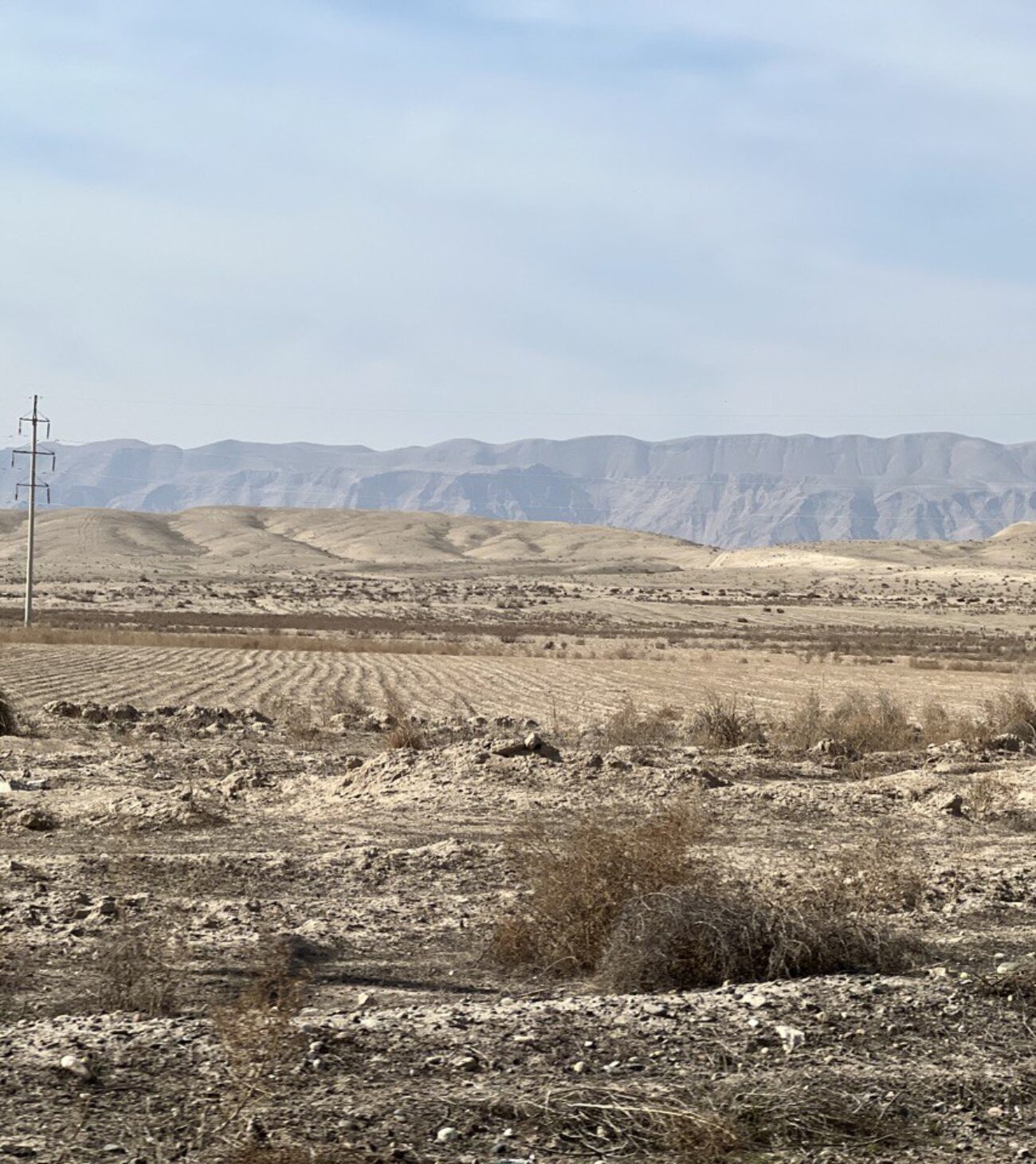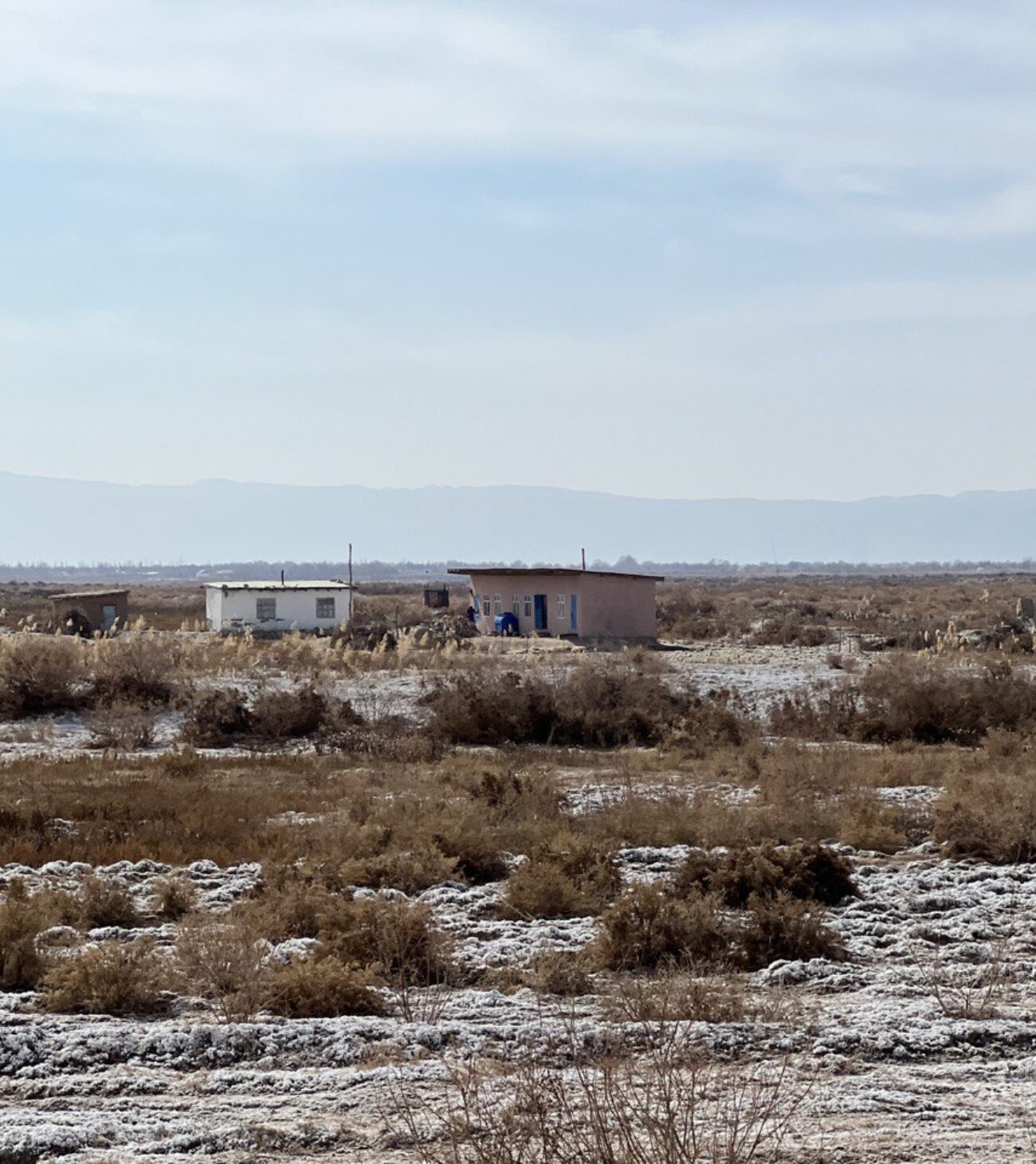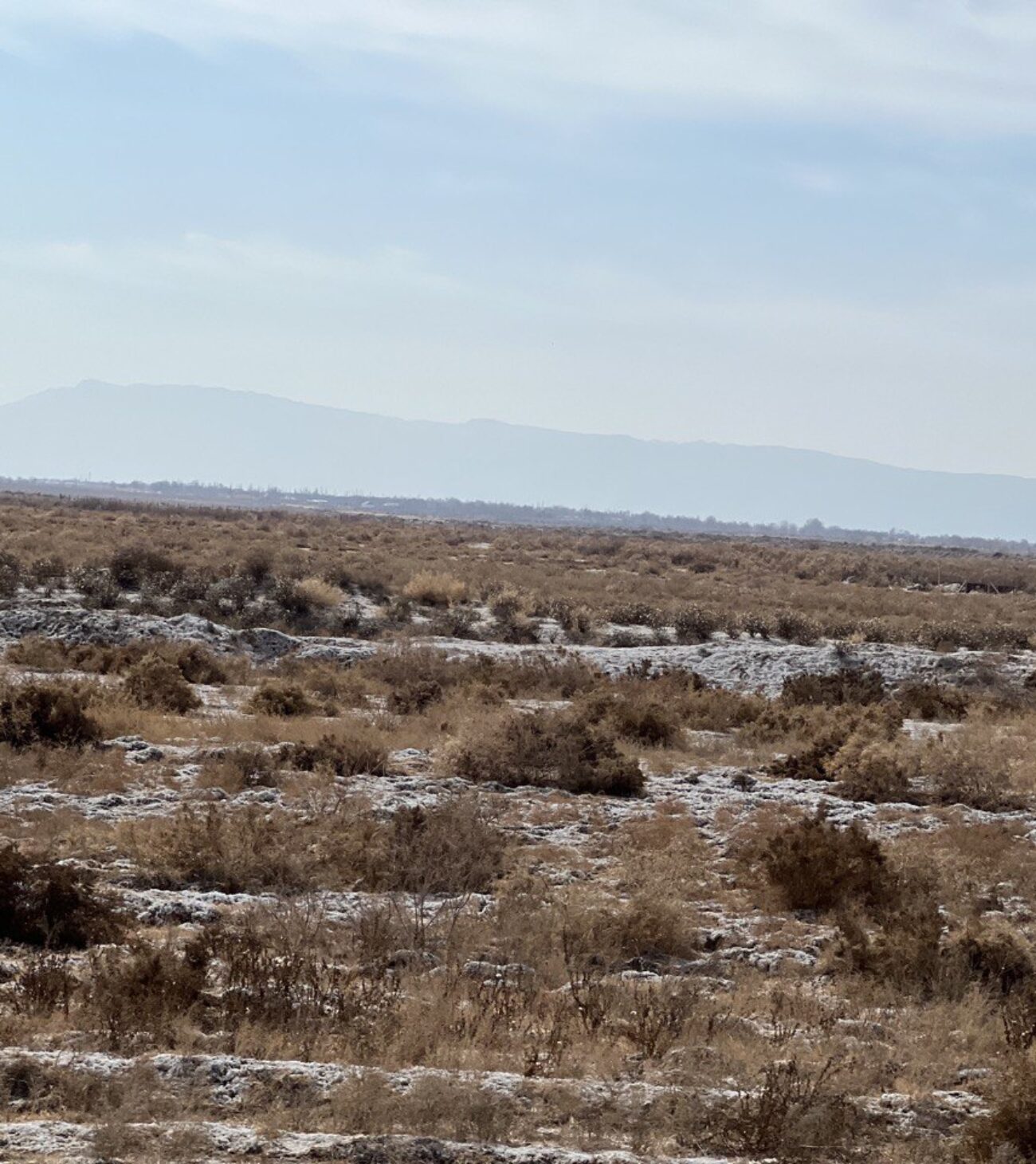In recent years, the problem of degradation of agricultural land in agrarian areas of Tajikistan has become more and more acute. Experts believe that it will be difficult to restore these lands and all these processes negatively affect the environment.

In Khatlon Oblast, an agrarian region of Tajikistan, dozens of hectares of land have fallen into disrepair and fallen out of agricultural use.
Akbardin Muzaffarov, a farmer in Khatlon Oblast’s Vakhsh Valley, said that of the six hectares of land his family owns, one is no longer suitable for cultivation. He expects the remaining land to fall into disrepair soon.
“Many farmlands, especially our farmlands, have not been cultivated for many years. The land becomes salty (that is, salt protrudes on the surface) and does not yield crops. In such a situation, we cannot sow anything, we are incurring huge losses,” he says.
Akbarali, another farmer from Kubodiyon District, said he has land in Yuldkok in the district, where he grows grapes, crops, and cotton. But in the past few years, the land is no longer good for farming.
“And we are living off this agriculture,” he lamented.
The Khatlon Oblast Land Management Committee told CABAR.asia that the total area of agricultural land out of circulation is 885 hectares. These are lands where farmers used to grow agricultural products, but in recent years they have fallen into disrepair and have been taken out of agricultural turnover. The agency said that these lands are waterlogged, saline or parched due to lack of irrigation water or improper irrigation technologies.
The Khatlon Province Land Reclamation and Irrigation Agency told CABAR.asia that more than 86,000 hectares of land are currently irrigated by pumps.
However, experts also attribute the land degradation process to climate change and rising temperatures.
Tokhir Rozikov, an agricultural expert, said that one of the districts where the most land has been taken out of circulation is Yulduzkok.
“Dozens of farmers used to work in this region, but in recent years these farmlands have become less productive, and dozens of hectares of land have become completely unusable,” Rozikov said.
Kamol Kurbonov of the Khatlon Oblast Department of Environmental Protection said the degradation of agricultural land not only harms farmers and gardeners, but also damages the environment.
This is happening, Kurbonov said, because of water shortages and because farmers use improper irrigation techniques and do not clean drains and ditches. As a result, the fertile layer of land is destroyed, moisture is lost and drying processes intensify, leading to the disappearance of plants.
“In this case, it is impossible to protect against winds containing dust. This harms not only the environment, but also people,” Kurbonov noted.
Dilovar Pirzoda, Head of Khatlon Province Land Management Department, said that such degradation of agricultural land is observed in most cities and districts of the province, but most of it is in Kubodiyon district. The total area of degraded land in the district is 534 hectares.
Khatlon oblast authorities have stated that they intend to return the land that has fallen out of agricultural use to its former state. The Shakhritus District said they have already restored about 50 hectares of land.
Tohir Rozikov believes that in order to restore the land, it is necessary to clean drainage drains and irrigate the land, but this is not an easy task and is becoming increasingly difficult to do.
Although representatives of the Khatlon Oblast Land Management Committee attribute the degradation to a lack of water, experts say global climate change is another factor in the process.
Ecologist Jurabek Mirjonov said hot summers and winters with little precipitation are the cause of agricultural land degradation.
He said that in recent years, the amount of precipitation – snow and rain – has decreased due to climate change, which has led to a decrease in soil moisture.
“On the other hand, summers have become hotter in recent years, which affects the environment, the flora. As a result, farmland is out of turnover, erosion occurs, the fertile soil layer disappears, the balance between soil and plants is lost, which has a negative impact on nature and the environment,” he said.




